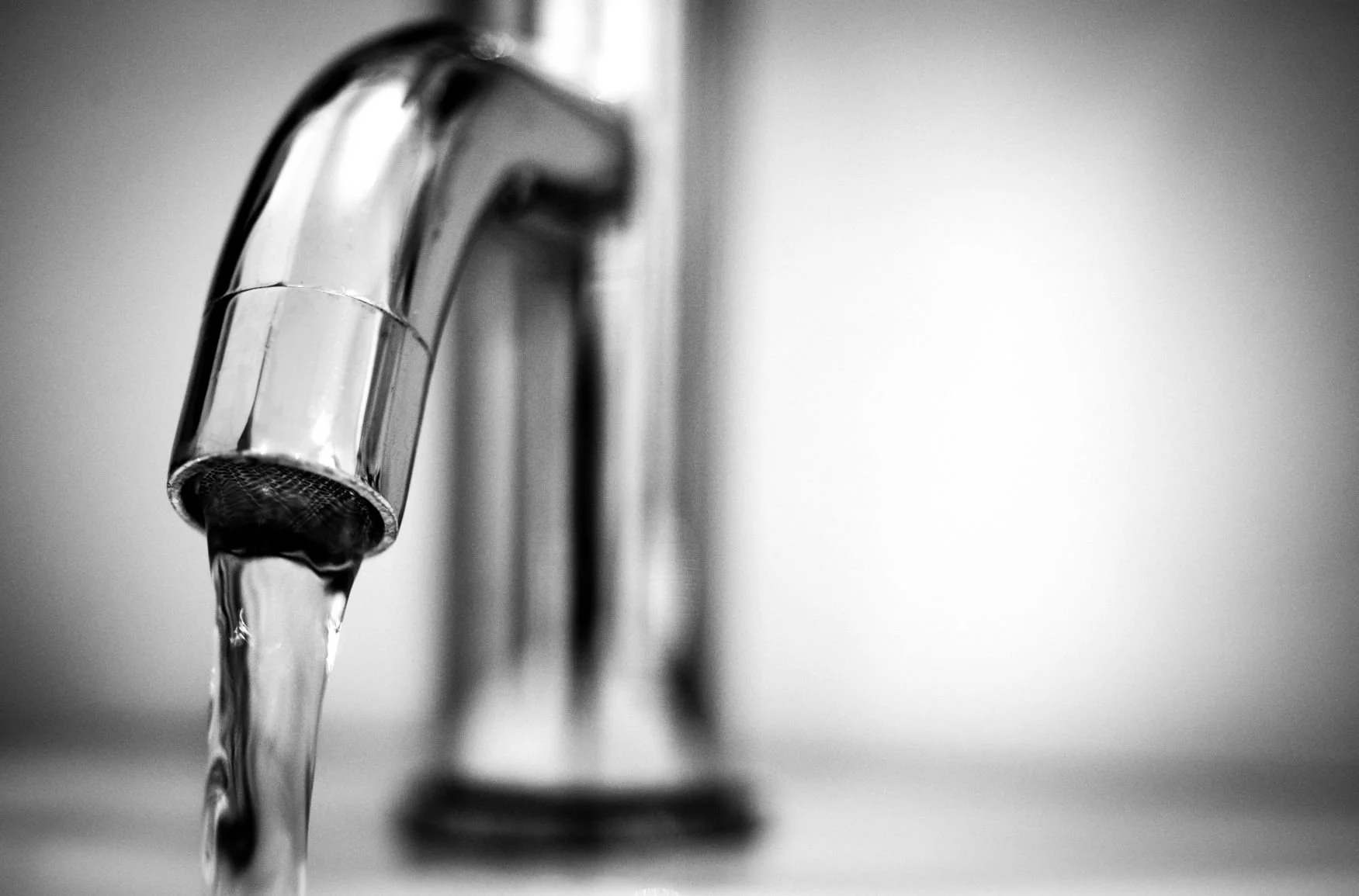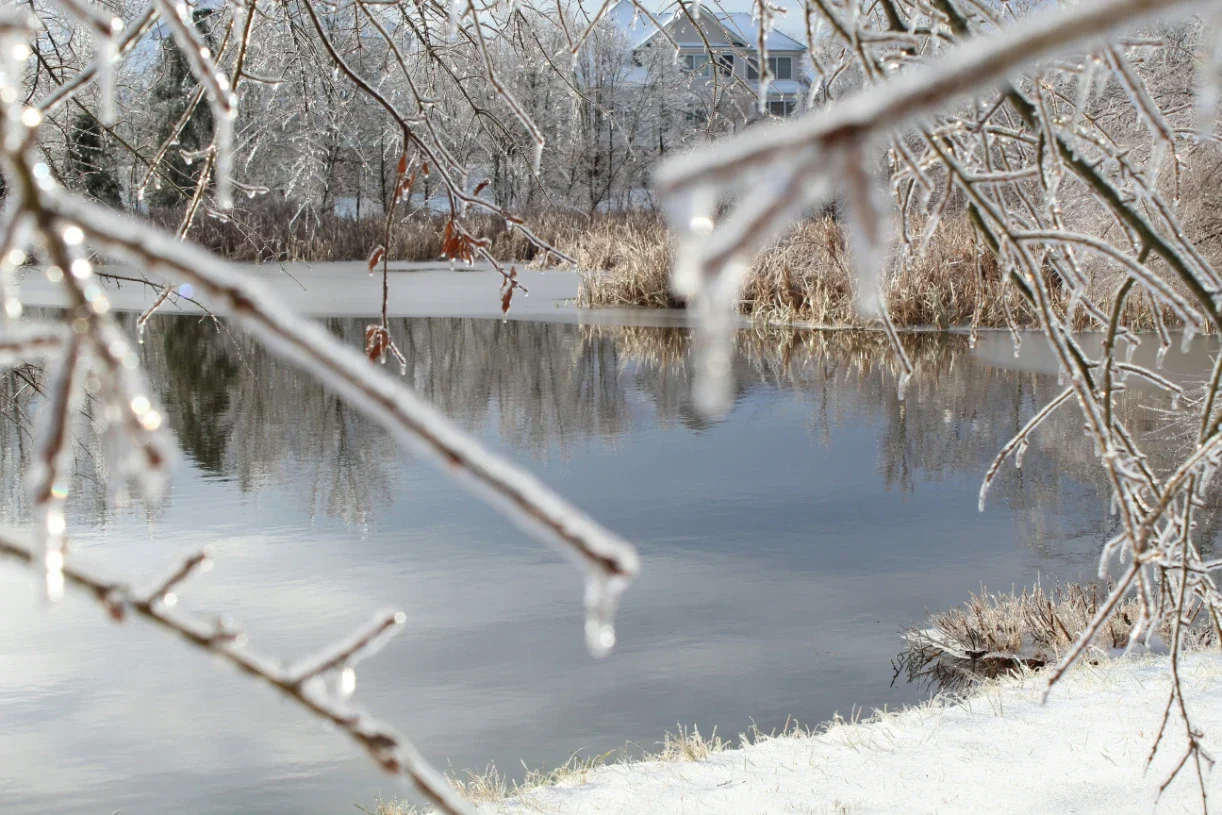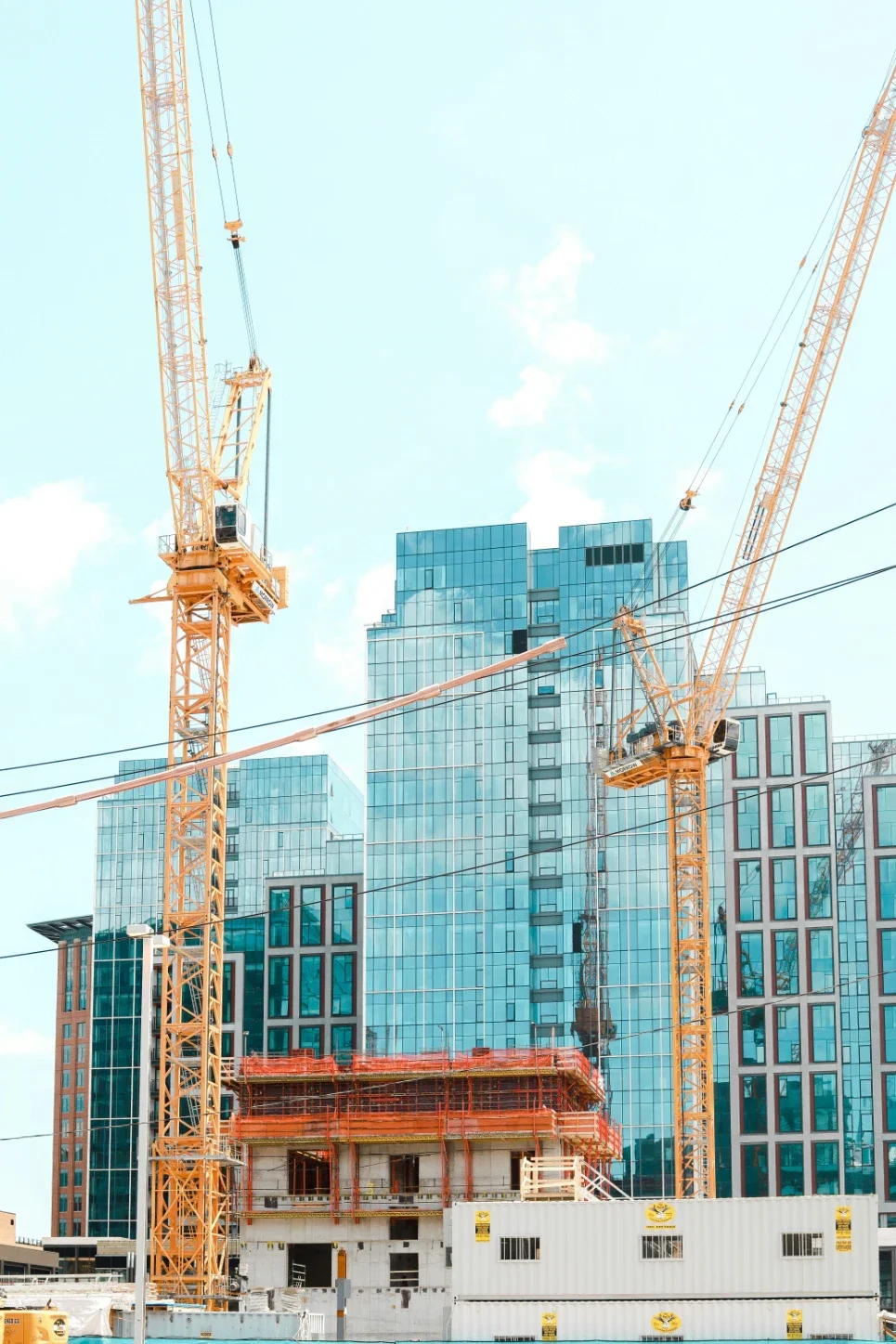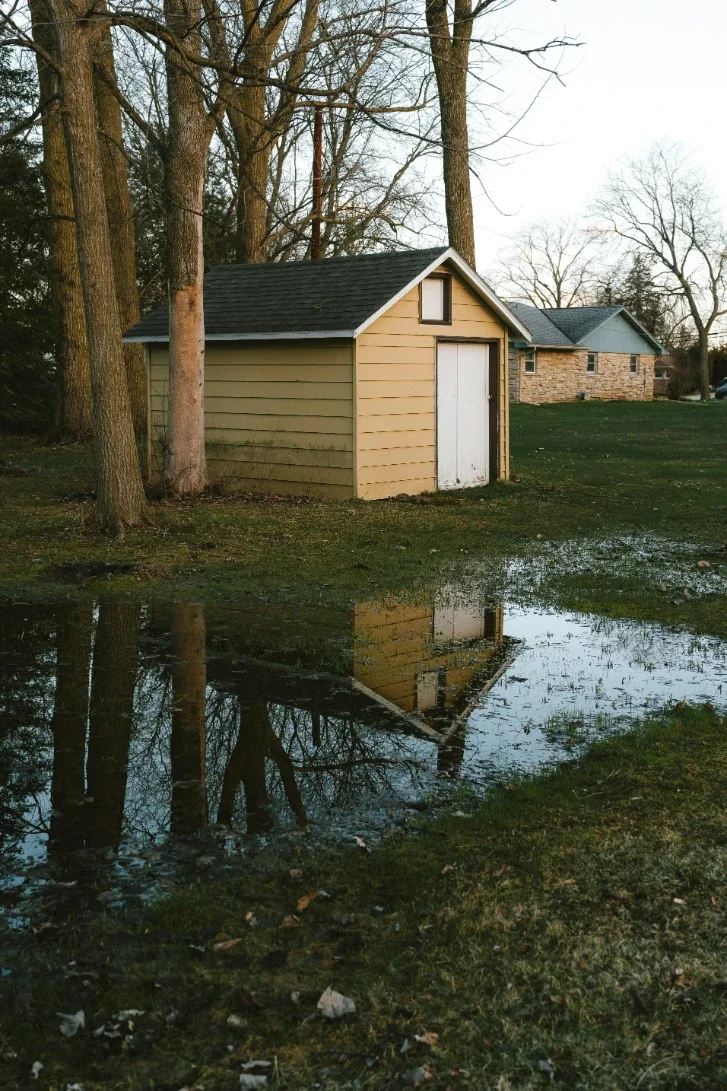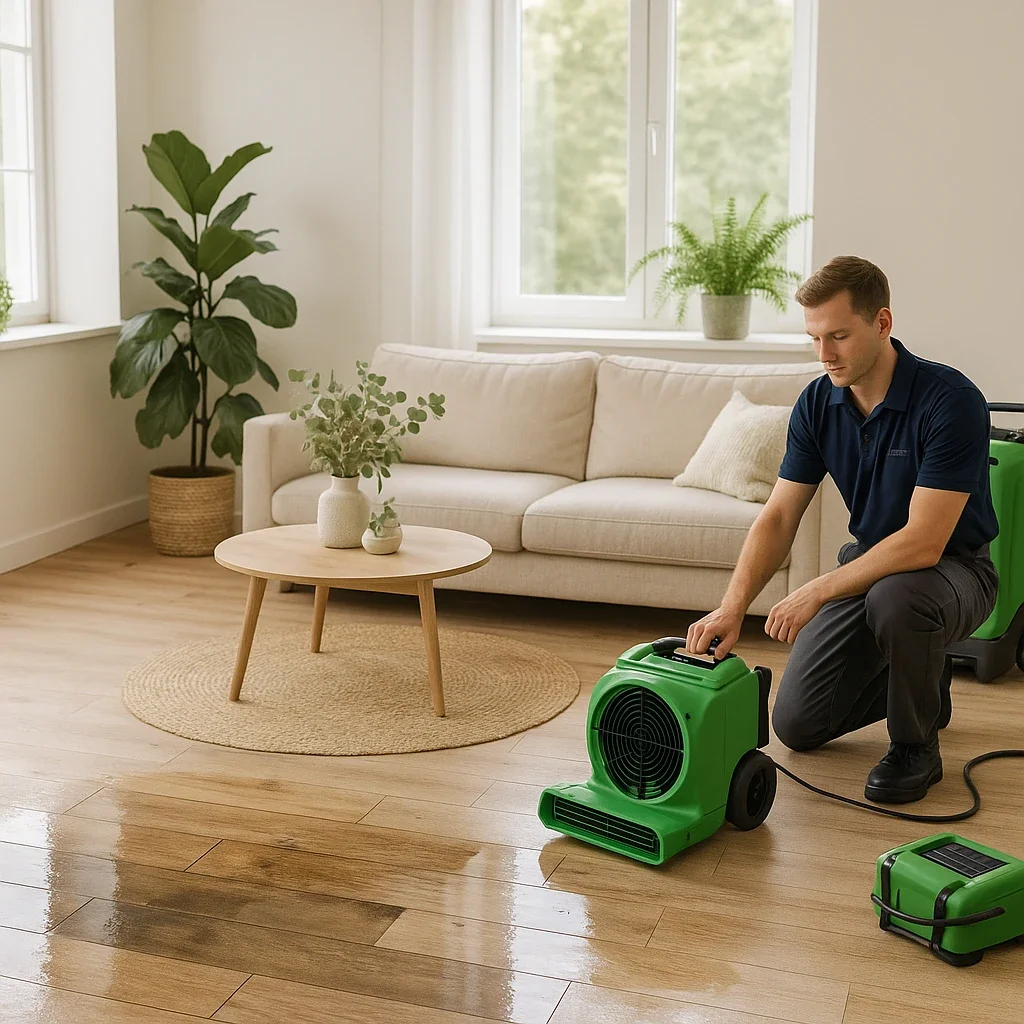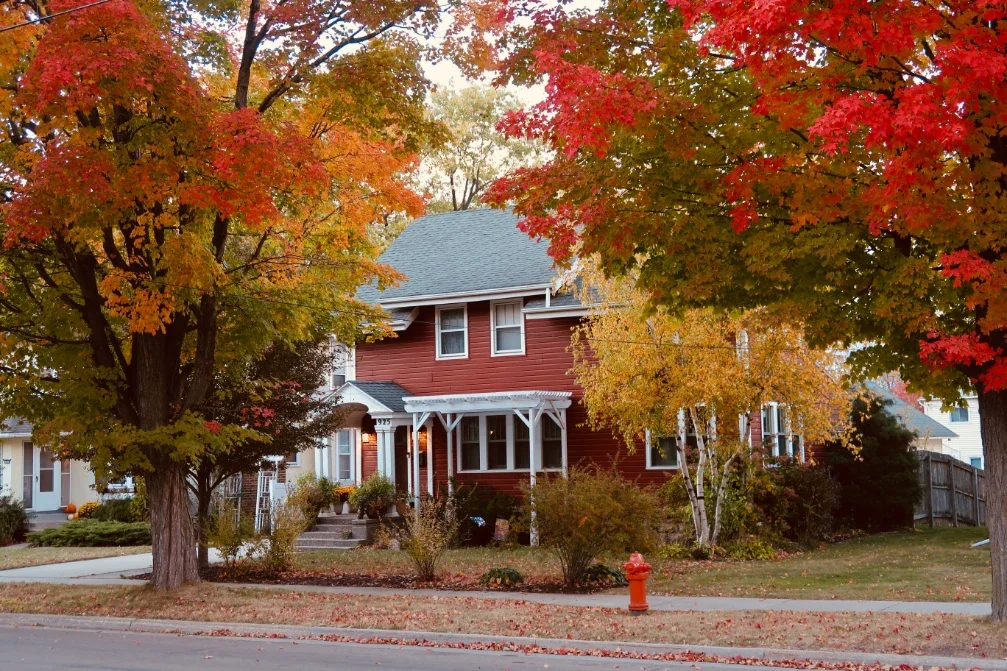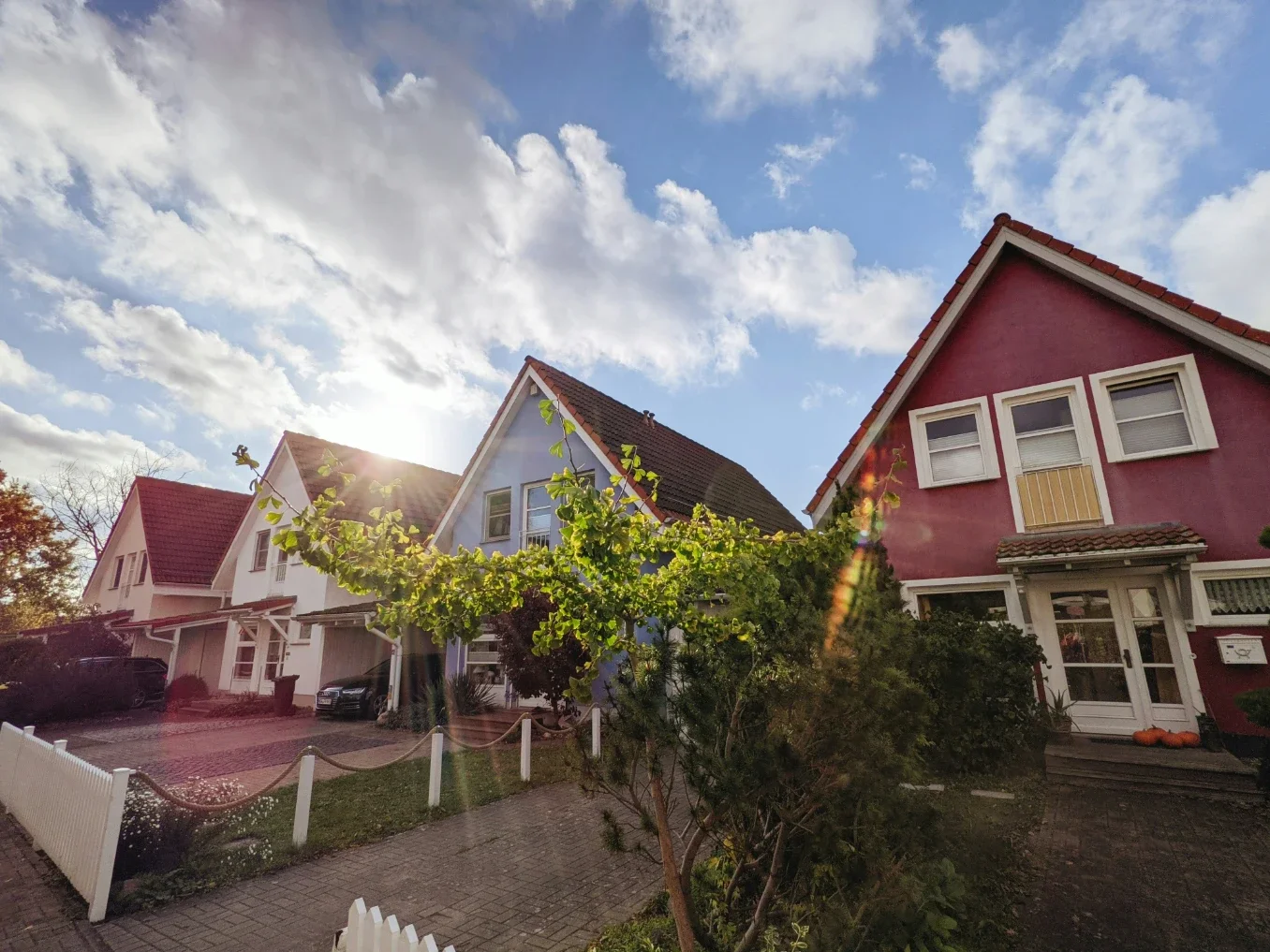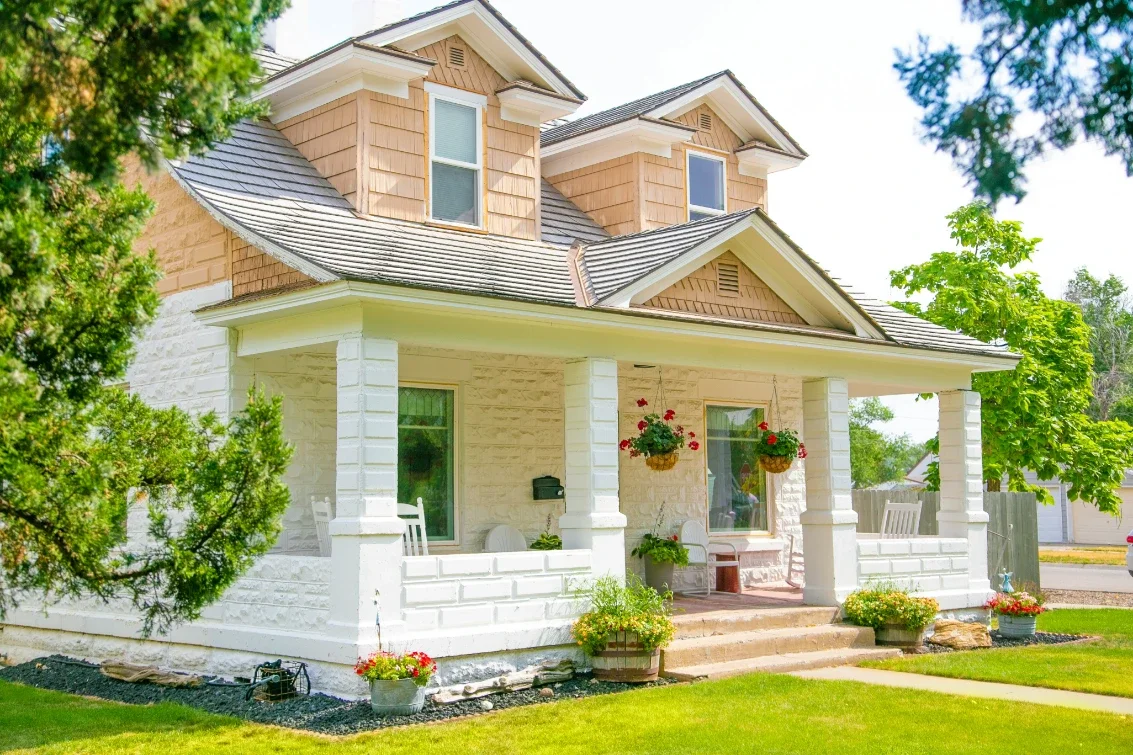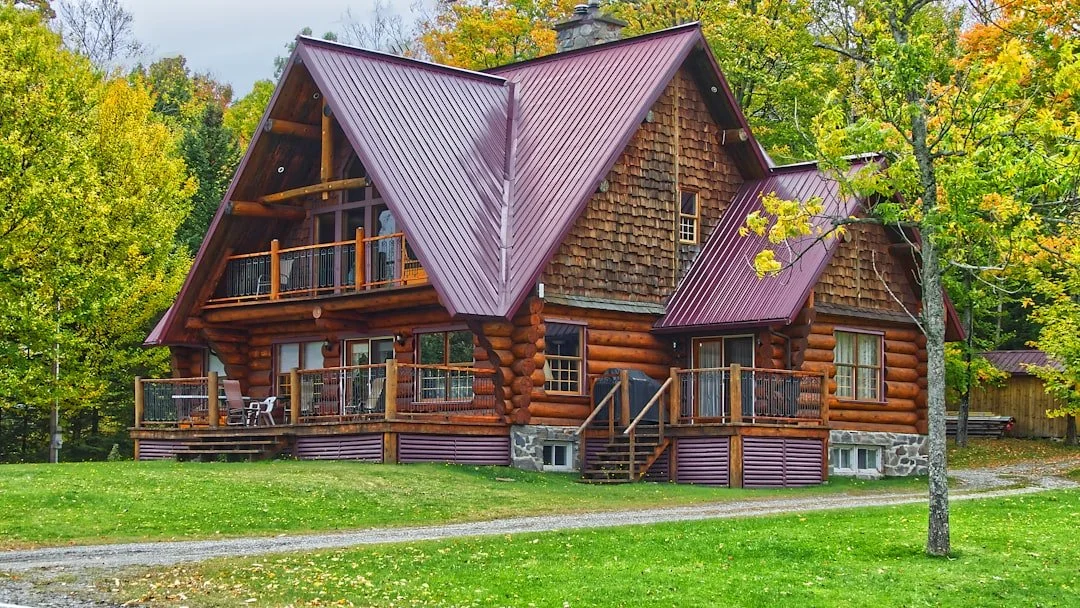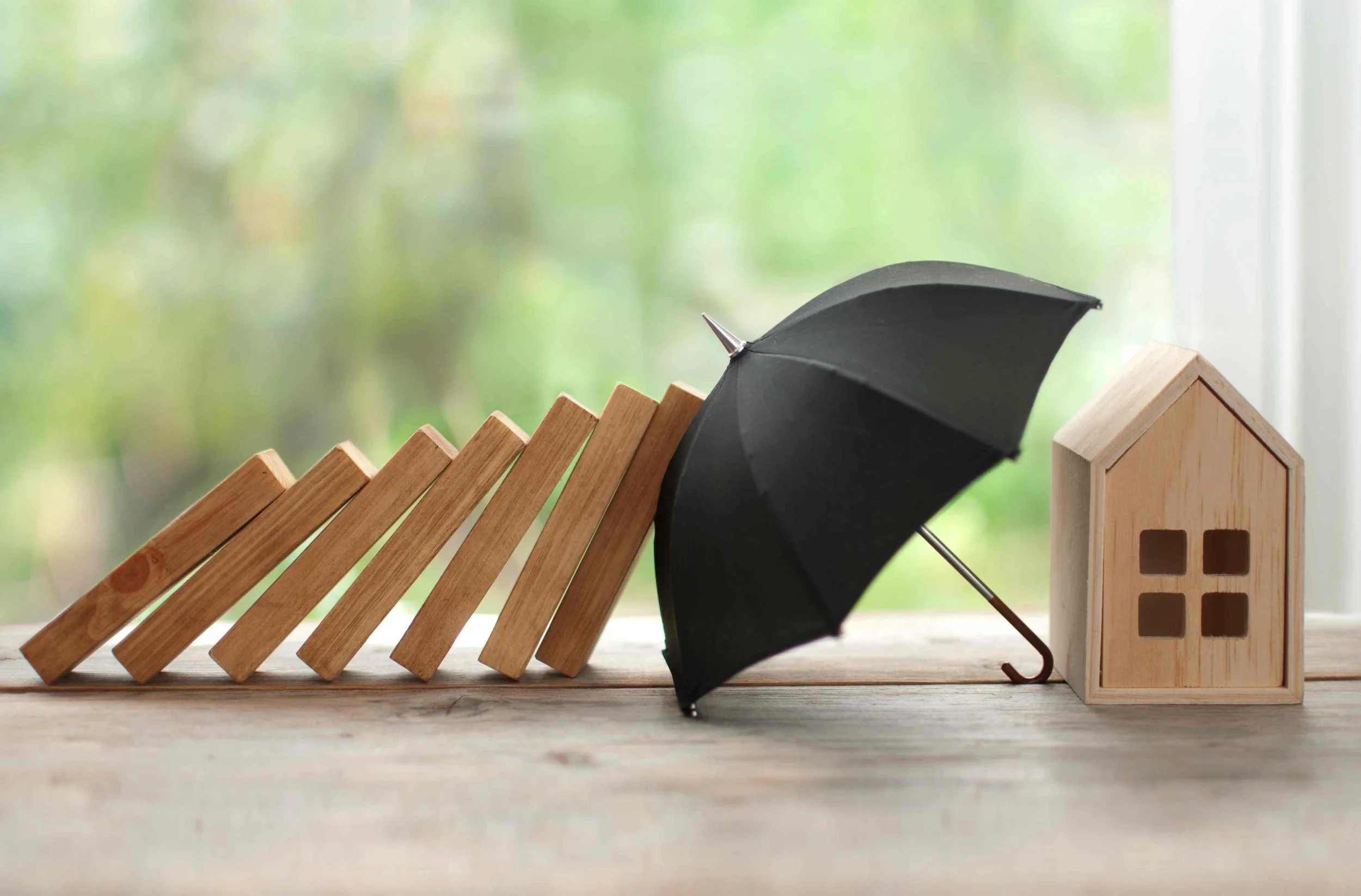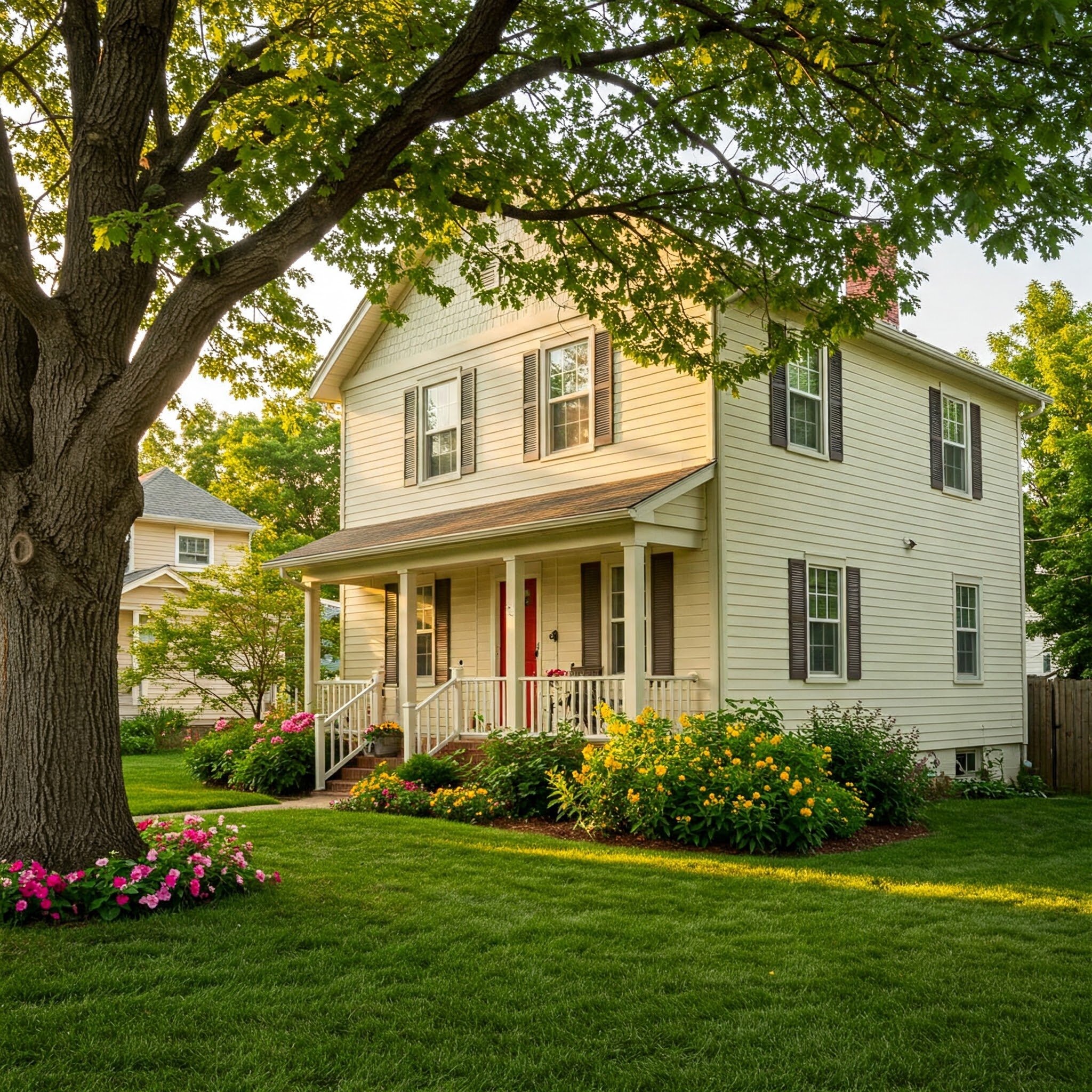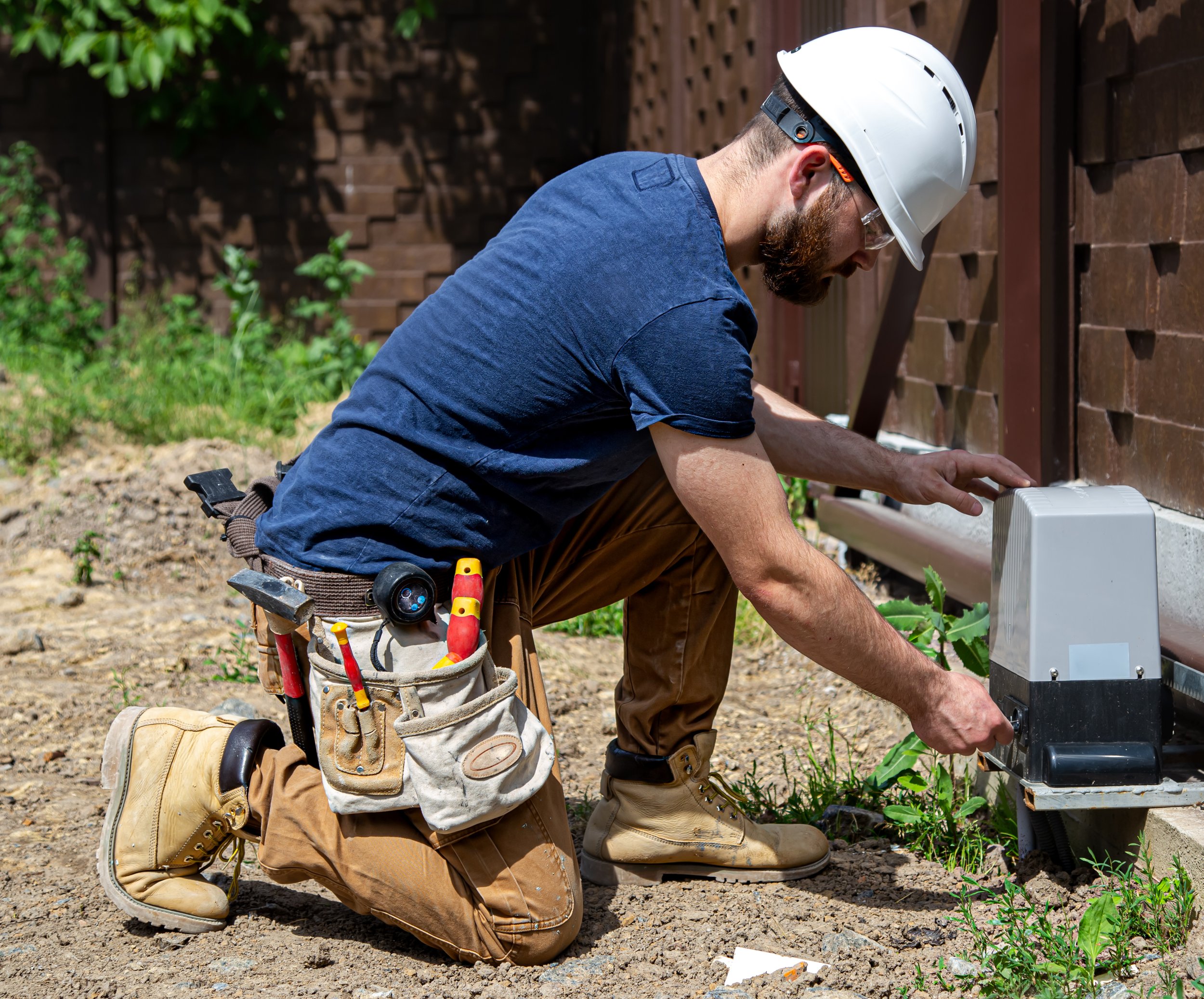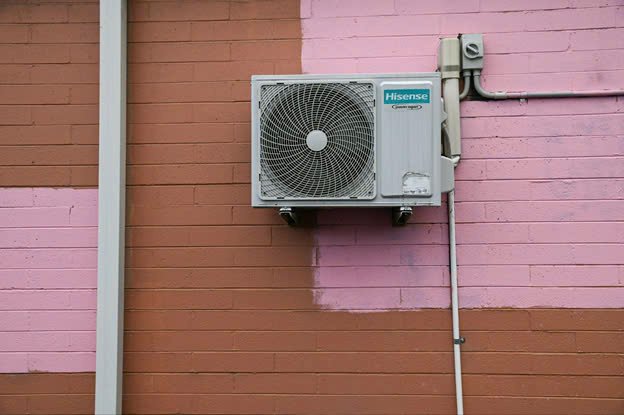Understanding The Causes And Consequences Of Limescale Accumulation
Discover what causes limescale buildup in your home, how it affects appliances and plumbing, and simple ways to prevent long-term damage.
Limescale accumulation can be a significant issue for many households and industries alike. It's not just unsightly. It can lead to increased maintenance costs and reduced efficiency of water-using appliances. Understanding the causes of limescale is important to learning how to mitigate its effects effectively. This guide delves into the origin of limescale, factors contributing to its buildup, and explores the potential consequences of neglecting this issue.
What Is Limescale?
Limescale is primarily composed of calcium carbonate, which crystallizes and forms deposits in areas where hard water is used. Hard water contains high levels of dissolved minerals, primarily calcium and magnesium. As water heats up in appliances like water heaters, kettles, and boilers, it loses its ability to hold these minerals in solution. Consequently, the minerals precipitate out and accumulate as limescale. When these deposits build up, they can restrict water flow, affect heating efficiency, and lead to premature appliance failure, creating an array of complications for homeowners and facilities. Alongside the aesthetic aspect, limescale can significantly impact the performance of your plumbing system. Often, limescale buildup goes unnoticed until it leads to a more severe problem. It can be found in various locations, including faucets, showerheads, and even within the pipes themselves, contributing to potential leaks and costly repairs. Taking measures to prevent limescale buildup is about maintaining your appliances and ensuring the longevity of your plumbing system.
The Hardness of Water
To understand why limescale forms, one must consider water hardness. Hard water is the result of water passing through limestone or chalk deposits, which dissolve into the water. According to the U.S. Geological Survey, nearly 85% of the United States has hard water, with varying degrees of mineral content. Water hardness is measured in grains per gallon (gpg), and the typical threshold for hard water begins at 3.5 gpg, while very hard water can exceed 10.5 gpg. The higher the mineral content, the more likely limescale is to form when heated in appliances. In homes with higher levels of water hardness, the likelihood of limescale accumulation increases, making it vital for homeowners to evaluate the hardness of their water supply. Understanding this baseline can help in taking proactive steps against limescale. Knowledge of the water hardness level empowers homeowners to choose the right treatment methods, leading to proactive measures that mitigate the potential for buildup.
Environmental Factors Contributing to Limescale Formation
Environmental factors play an equally significant role in limescale formation. The levels of temperature, pressure, and even water flow can influence how quickly limescale accumulates. Areas with extremely high water temperatures increase the rate at which minerals precipitate out of the water. This is often seen in heating systems where the temperature exceeds 140°F (60°C), causing minerals to crystallize rapidly.
Low water pressure can exacerbate limescale issues because it often leads to water stagnation in pipes and appliances, providing the perfect environment for limescale to form. Hard water may vary seasonally. In dry seasons, the dissolved minerals may remain more concentrated due to lower water usage, leading to more significant limescale deposits. Awareness of these environmental dynamics allows homeowners to anticipate limescale formation and respond adequately. By implementing preventative measures accordingly, one can avoid issues associated with limescale.
Consequences of Limescale Accumulation
The consequences of neglecting limescale issues can be severe and costly. Limescale buildup reduces the efficiency of heating systems, compelling them to work harder, which leads to increased energy consumption. According to the U.S. Department of Energy, appliances and pipes that are scaled can increase energy usage by as much as 25% or more. In the long run, this increased energy expenditure can translate to higher utility bills for homeowners and increased operational costs for businesses. Another severe consequence is reduced water flow. Limescale restricts pipes and fixtures, often leading to reduced water pressure. This impacts daily activities like showering and washing dishes, and can affect the functionality of larger plumbing systems.
The buildup can eventually lead to plumbing failures, manifesting in leaks and necessitating costly repairs or replacements of pipes and appliances. It's crucial to invest time in dealing with limescale buildup to effectively manage limescale problems. Solutions range from water softener systems to routine maintenance services. Ignoring limescale issues can shorten the lifespan of your plumbing and appliances, resulting in frequent breakdowns and inconveniences. Proactively addressing limescale buildup helps protect your investment and ensures the smooth operation of your home’s water systems for years to come.
Preventative Measures
Implementing preventative measures is fundamental in managing limescale accumulation effectively. Regular maintenance is one of the best strategies to keep limescale at bay. Flushing water heaters and periodically cleaning faucets and showerheads can help remove any early deposits before they become significant problems. It's advisable to perform regular inspections to identify potential issues of limescale buildup early on. One of the most effective long-term solutions is installing a water softener. These systems replace calcium and magnesium in water with sodium ions, significantly reducing the hardness of the water and preventing scale formation. Homeowners looking to implement such a system should evaluate their household's specific needs and consult with professionals to find the best unit for their situation.
Identifying Limescale Problems
Understanding how to identify limescale accumulation is crucial for effective management. Homeowners should look for telltale signs such as white, chalky deposits around fixtures, reduced water pressure, and increased energy bills.
Unusual noises from appliances, like kettles or washing machines, may indicate that there is a limescale issue causing disruption. Prompt action upon identification of these signs can mitigate complications. Neglecting even minor indications can lead to more serious issues. Homeowners should develop a routine check-up system to identify potential limescale problems in different areas of their home to maintain a healthy plumbing system certainly enhances the longevity of appliances and improves water quality. Regular inspections and timely interventions can prevent costly repairs and maintain the efficiency of your household systems. Being proactive about limescale detection protects your home and promotes a safer and more comfortable living environment.
Limescale accumulation is an often-overlooked problem that can lead to serious consequences if not addressed. Understanding its causes, recognizing the signs, and taking preventative action can minimize its impact on both your home and finances. By implementing suitable solutions, individuals can effectively manage limescale issues, ensuring a streamlined plumbing system and optimal appliance efficiency.
